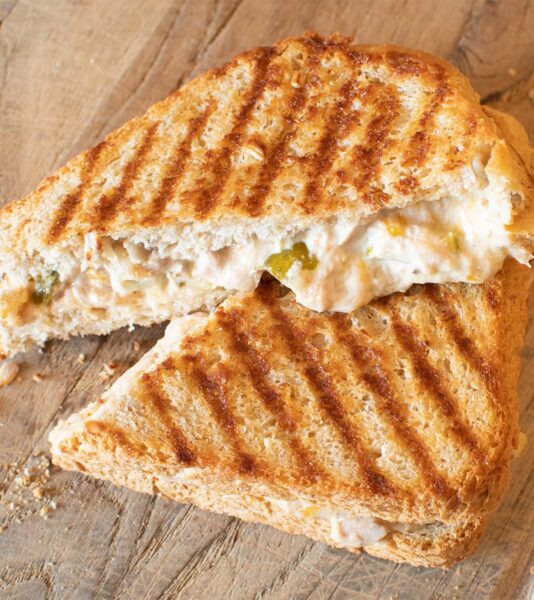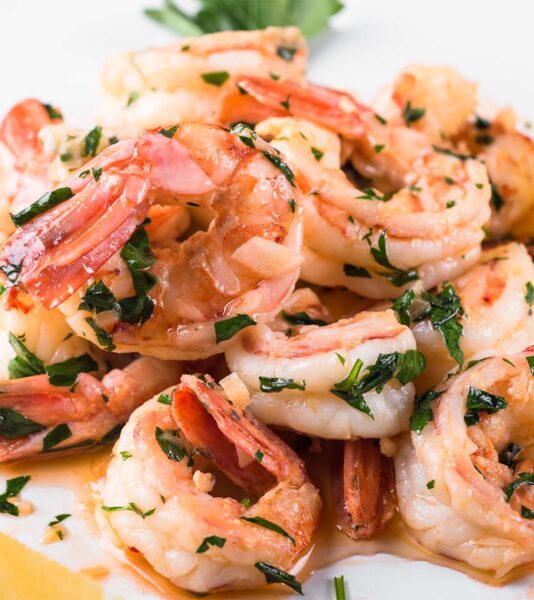A report by the American Culinary Institute and Harvard School of Public Health identified the foodservice industry as a leader in helping consumers eat more seafood— and do so responsibly.
Most Americans eat less than half of the amount of seafood recommended by the 2015–2020 Dietary Guidelines for Americans (DGAs). Although the DGAs recommend at least two servings per week, totaling 280g, the average American only eats about 116g per week, according to the Journal of the Academy of Nutrition and Dietetics.
But consumers actually do want to eat more seafood. A study by Datassential found that 42% of consumers want to replace red meat and poultry in their diet with seafood. But unfortunately, only 28% of consumers feel confident in their ability to prepare and cook seafood at home, notes The Food Marketing Institute.
This is a prime opportunity for foodservice operations to meet consumer demand, because Americans get most of their seafood from outside the home — and they still want more!
Grow sales by building a responsibly sourced menu featuring a variety of seafood. Try these three tips to attract customers with responsibly sourced seafood:
1. Use an MSC-Certified Supplier 74% of consumers look to buy seafood that is harvested sustainably. Ensure traceability and sustainability in your seafood supply by partnering with suppliers who are MSC-certified. Take this free CE course on Traceability and Transparency in the Seafood Chain to learn more.
2. Emphasize Seafood Nutrition
Seafood has many nutritional benefits. It contains Omega-3 fatty acids, which alleviate many types of inflammation, in addition to providing cardiovascular and neurological benefits. Seafood is also an excellent source of protein, Vitamin D, and more. Consider menu planning that emphasizes these benefits. Discover the nutritional benefits of seafood menu items in our free CE course, Seafood Savvy.
3. Serve a Variety of Seafood
Fish and seafood are among the most calorie-efficient animal proteins available, because they only have to consume two calories for each calorie they pass on to your guests.This makes them an environmentally friendly protein to put on your menu. Serve a variety of species, like salmon, tuna, mackerel, and sardines to attract consumers seeking diverse flavors.








